CCBB São Paulo, November 13, 2019—January 27, 2020
CCBB Brasilia, March 3—December 6, 2020
CCBB Rio de Janeiro, January 13—April 19, 2021
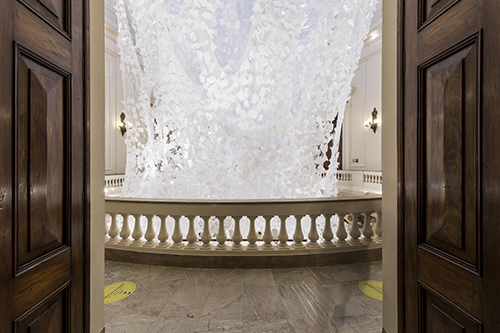
exhibition view, CCBB Rio de Janeiro, photo: Ding Musa
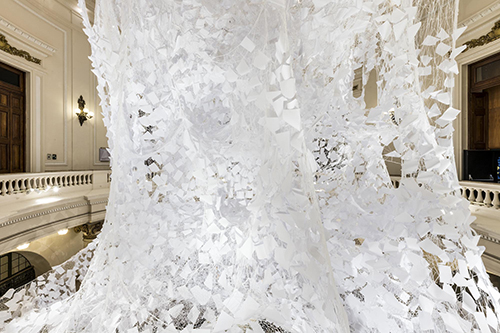
exhibition view, CCBB Rio de Janeiro, photo: Ding Musa
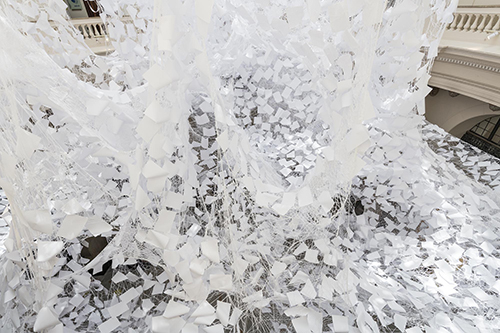
exhibition view, CCBB Rio de Janeiro, photo: Ding Musa
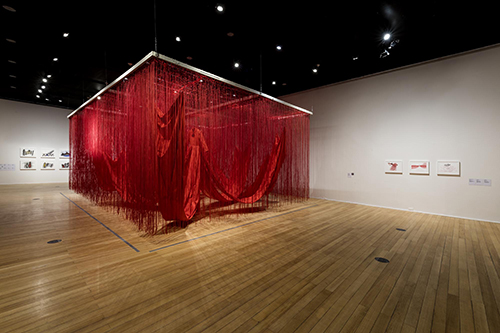
exhibition view, CCBB Rio de Janeiro, photo: Ding Musa
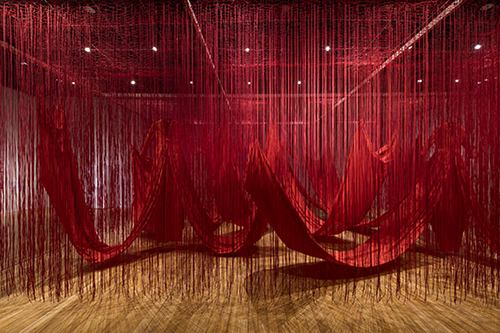
exhibition view, CCBB Rio de Janeiro, photo: Ding Musa
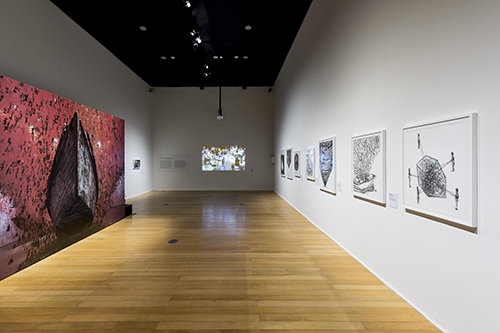
exhibition view, CCBB Rio de Janeiro, photo: Ding Musa
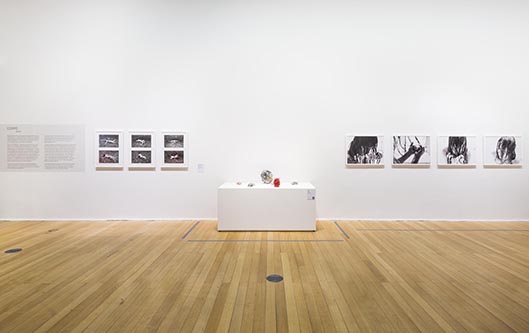
exhibition view, CCBB Rio de Janeiro, photo: Ding Musa
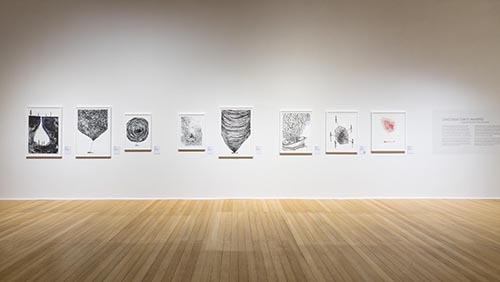
exhibition view, CCBB Rio de Janeiro, photo: Ding Musa
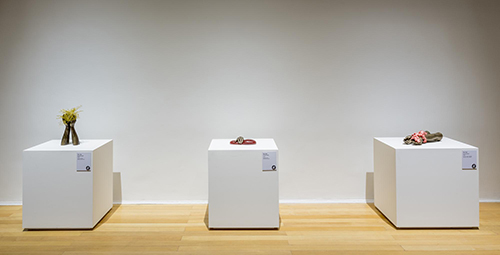
exhibition view, CCBB Rio de Janeiro, photo: Ding Musa
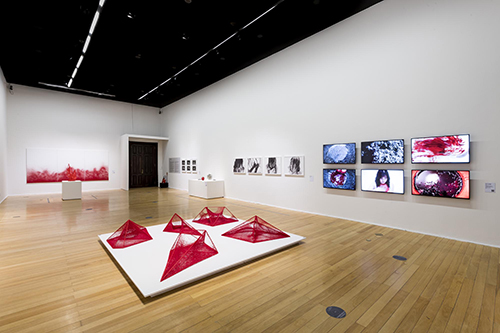
exhibition view, CCBB Rio de Janeiro, photo: Ding Musa
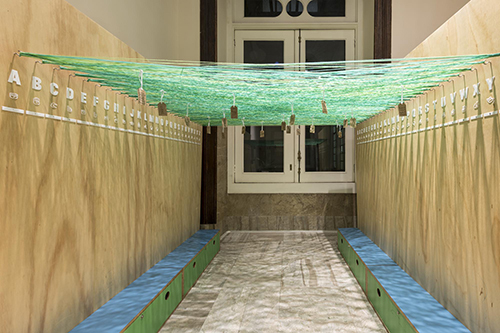
exhibition view, CCBB Rio de Janeiro, photo: Ding Musa
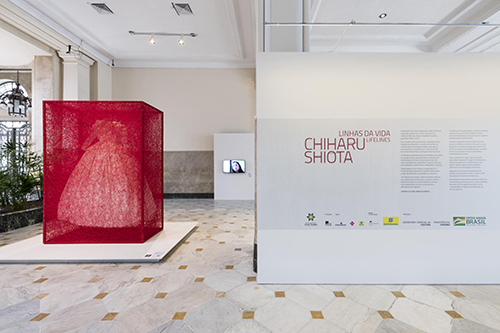
exhibition view, CCBB Rio de Janeiro, photo: Ding Musa
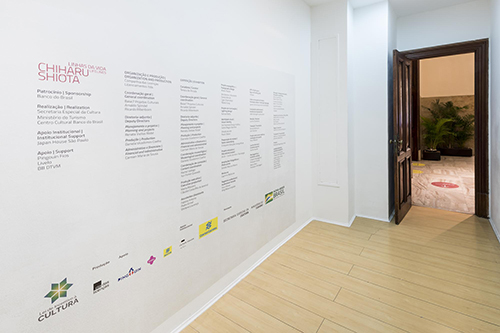
exhibition view, CCBB Rio de Janeiro, photo: Ding Musa
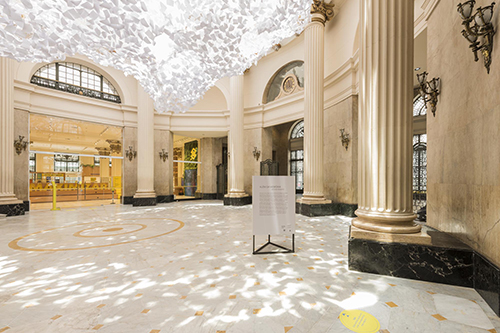
exhibition view, CCBB Rio de Janeiro, photo: Ding Musa
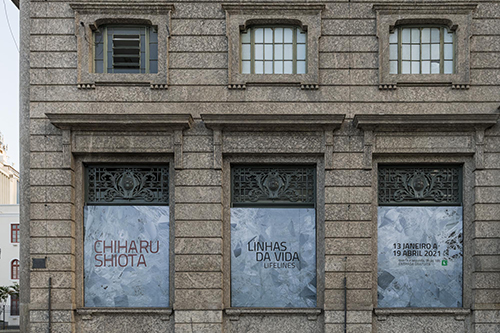
exhibition view, CCBB Rio de Janeiro, photo: Ding Musa
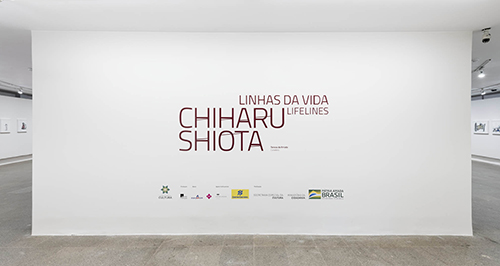
exhibition view, CCBB Brasilia, photo: Ding Musa
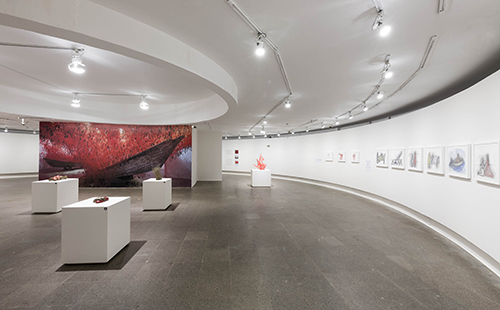
exhibition view, CCBB Brasilia, photo: Ding Musa
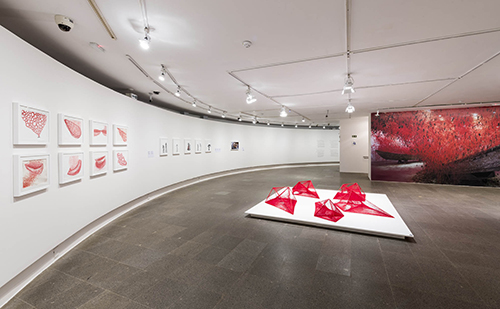
exhibition view, CCBB Brasilia, photo: Ding Musa
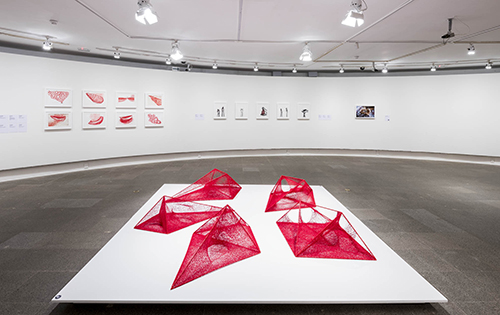
exhibition view, CCBB Brasilia, photo: Ding Musa
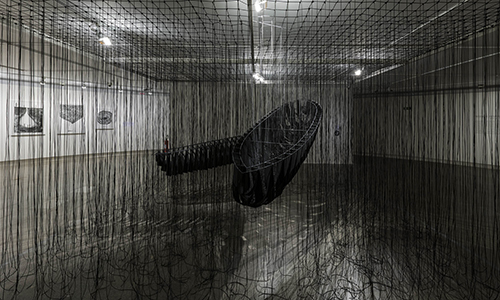
exhibition view, CCBB Brasilia, photo: Ding Musa
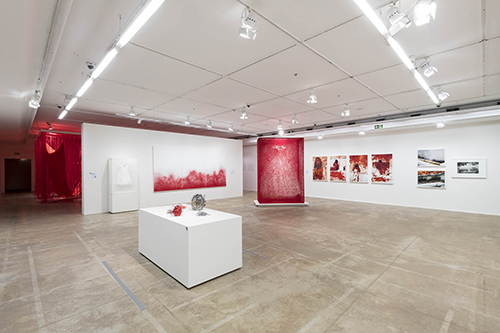
exhibition view, CCBB Brasilia, photo: Ding Musa
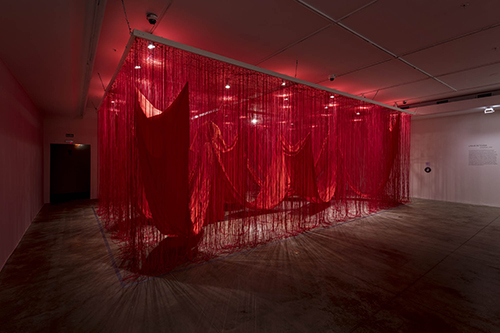
exhibition view, CCBB Brasilia, photo: Ding Musa
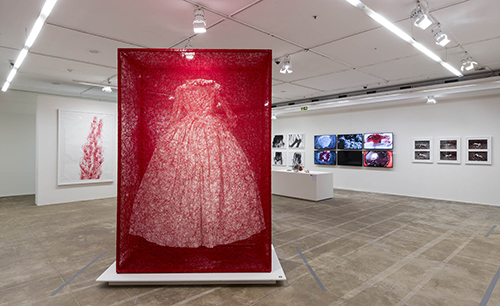
exhibition view, CCBB Brasilia, photo: Ding Musa
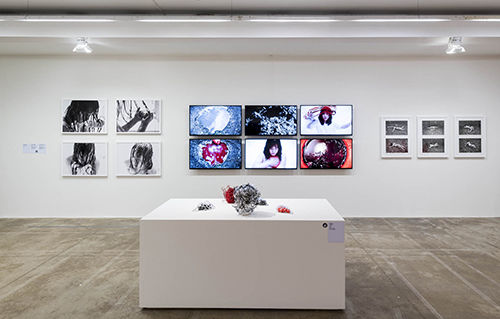
exhibition view, CCBB Brasilia, photo: Ding Musa
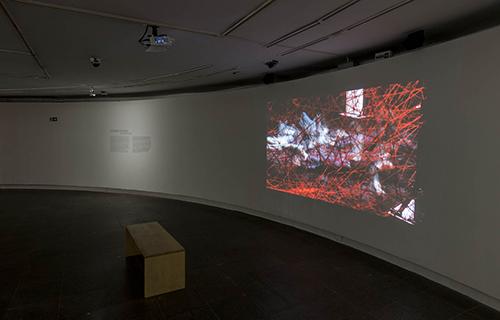
exhibition view, CCBB Brasilia, photo: Ding Musa
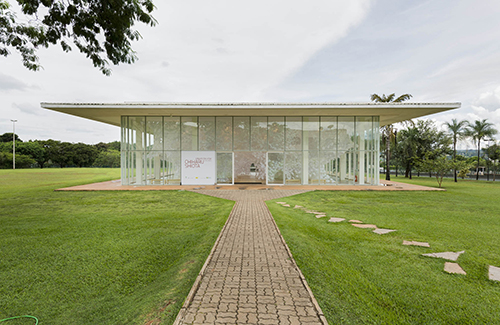
exhibition view, CCBB Brasilia, photo: Ding Musa
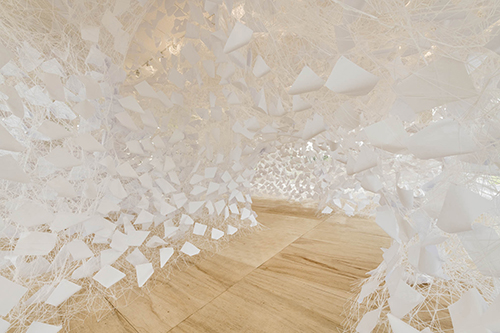
exhibition view, CCBB Brasilia, photo: Ding Musa
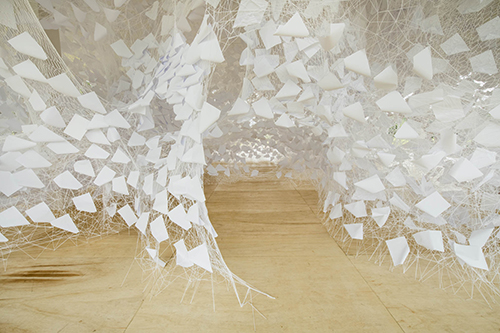
exhibition view, CCBB Brasilia, photo: Ding Musa
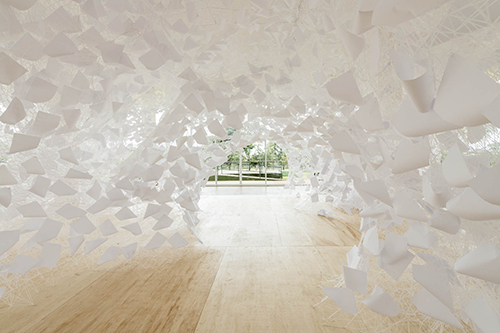
exhibition view, CCBB Brasilia, photo: Ding Musa

exhibition view, CCBB São Paulo
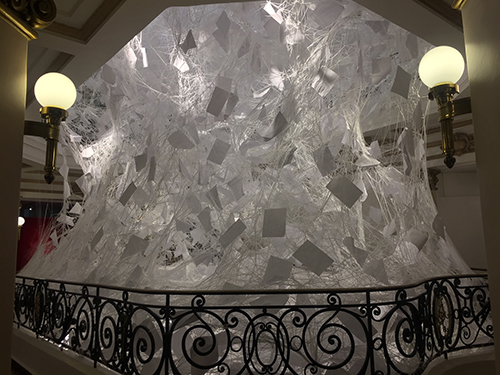
Beyond Memory, 2019, yam and paper, site-specific installation
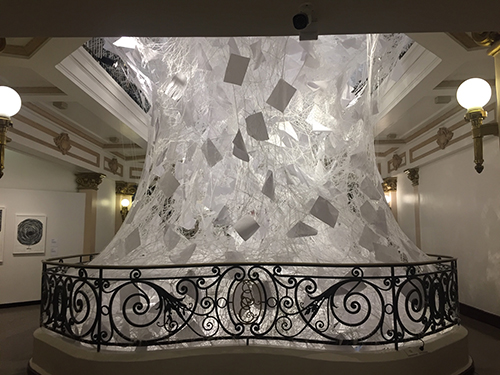
Beyond Memory, 2019, yam and paper, site-specific installation
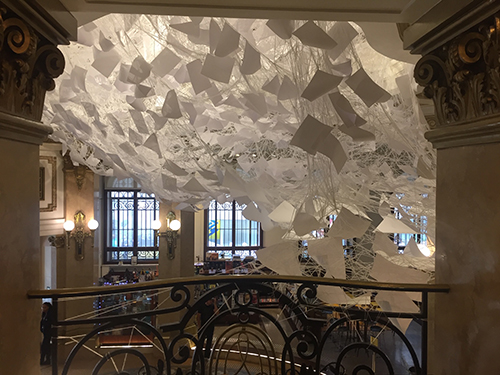
Beyond Memory, 2019, yam and paper, site-specific installation
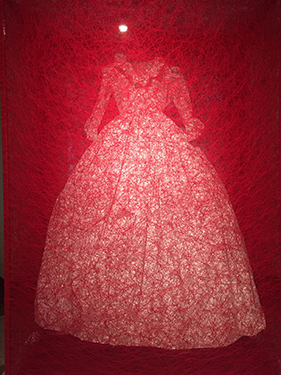
State of Being (Dress), 2019, metal frame, dress, thread, 260 x 180 x 85 cm
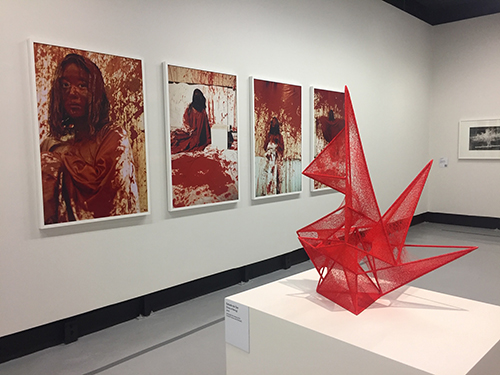
exhibition view, CCBB São Paulo
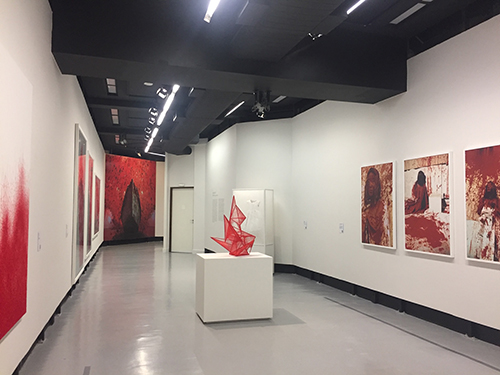
exhibition view, CCBB São Paulo
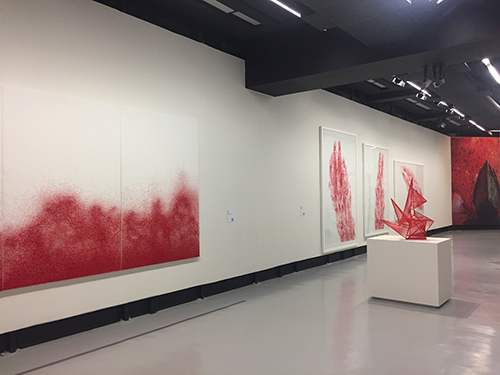
exhibition view, CCBB São Paulo
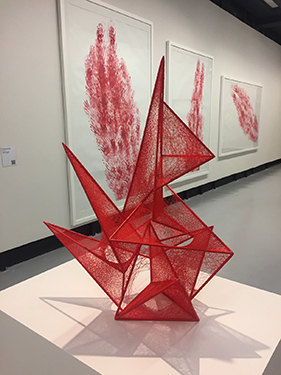
exhibition view, CCBB São Paulo
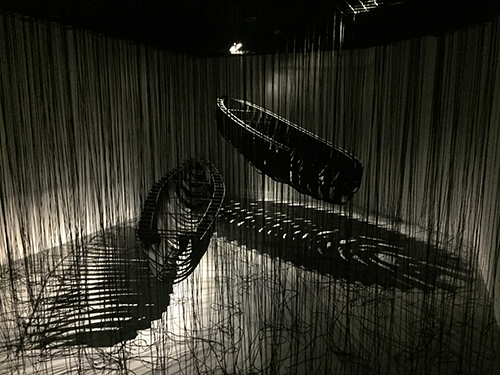
Two Boats, One Direction, 2019, metal frame, felt, ropes, site-specific installation
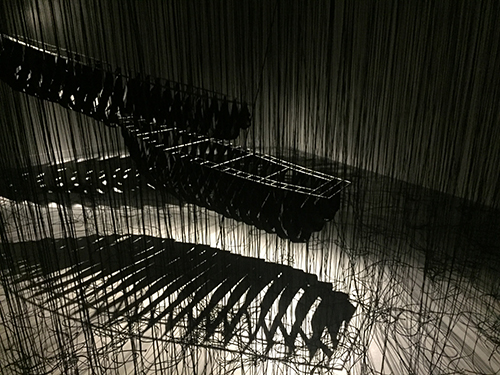
Two Boats, One Direction, 2019, metal frame, felt, ropes, site-specific installation
download press release [english] [portuguese]
download exhibition catalog [PDF]
Curated by Tereza de Arruda, Linhas da Vida [Lifelines] features works spanning from the outset of Shiota’s career, in 1994, up to brand new installations inspired by Brazil.
The fleetingness of the cycles of life, memory and her own personal experience have inspired the work of Japanese artist Chiharu Shiota. Known mainly for her large-scale site-specific works, often made with a tangle of lines, Shiota has produced a multidisciplinary oeuvre unfolded in various media: installations, performances, photographs and paintings. The artist will have her extensive oeuvre celebrated in the retrospective show Linhas da Vida [Lifelines], beginning November 13, at Centro Cultural Banco do Brasil São Paulo (CCBB SP). Curated by Tereza de Arruda and produced by Base7 Projetos Culturais, the exhibition will also be shown at the CCBB’s units in Brasília (March 3 through May 10, 2020) and in Rio de Janeiro (June 10 through August 31, 2020).
Born in Osaka and residing for more than 23 years in Berlin, Shiota began her artistic career in 1994, focusing mainly on painting. She soon discovered, however, that the bidimensional space was limiting her creative process, so she expanded her practice into other artistic languages. Linhas da Vida features around 70 artworks that date from the beginning of her artistic production to today.
“There are certain motifs that have recurred throughout Chiharu Shiota’s career and arise in parallel in her production, for example, personal objects such as keys, clothing, letters, and furniture, as well as elements that allude to fleetingness, such as boats,” the curator explains. “Photographs, videos, drawings, prints and objects were carefully selected for an immersion into Chiharu Shiota’s world,” she adds.
Organized in five sections, the exhibition is an invitation from Shiota for visitors to reflect on their life, purpose, connections and memory. “I want to unite the people in Brazil, regardless of their origin, social status, educational background, nationality or any other divisive factor. As humans, we should come together and question our purpose in life and why we are here,” the artist states.
On the ground floor, the public will find the large installation Além da Memória [Beyond Memory] (2019), a new work, which can be seen from all the floors. It is inspired by the diversity of the Brazilian people and by a dialogue with the monumental and historical architecture of the CCBB-SP. The suspended, 13-meter-high cloudlike sculpture is composed of more than one thousand sheets of white paper. It is an invitation for the public to idealize their own history and to reflect on their memory.
The destinies of life are recurrent questions in Shiota’s creation and in the works shown on the CCBB-SP’s basement floor. The artist weaves the lines of her life and invites the public to do the same. This is the idea present in Red Line (2018), a work that spotlights the artist’s manual production, one of her hallmarks. At another moment, two dark boats arise amidst a tangle of red yarn in an allusion to the paths of life. This work, entitled Two Boats, One Direction (2019), is a metaphor by the artist about the ways of moving forward, of traveling, without necessarily knowing what the final destination is, just like the path of one’s life. “The boats symbolize the bearers of our dreams and hopes, taking us on a journey of uncertainty and wonder,” Arruda says.
In her art, Chiharu ponders the idea of a universal connection of all beings. She transforms her own life history into an artistic language with a singular, sublime character, shot through by trivial elements. This is what gave rise to the set of sculptures and editions featured in Connected with the Universe (2016–2019), the section of the exhibition shown on the first floor of the CCBB-SP. The prints presented here spring from the idea of a being connected to the universe by a thread, a sort of umbilical cord symbolizing the beginning of life even before birth. In other artworks, the artist suggests that the same being sees itself immersed or submersed in a hole or envelope without any prospect for getting out, and, therefore, that being’s connection with the outer world is realized through imaginary or even spiritual paths.
The presence of hermeticism is not by chance. At a certain point in her artistic path, Shiota took an existential decision and stopped painting – at that time, her main medium – because she did not feel that her life and her artistic creation were connected, intertwined. She dreamed that she saw herself inside of a painting and that was how she conceived the iconic performance Becoming Painting (1994), a recording of which is shown on the second floor.
The paint used by Shiota in that performance was toxic and the artist immediately felt that her skin was burning; the pigment only disappeared from her skin after several months. About 20 years later, the artist went back to using canvas, but not as a conventional pictorial support, but rather as a support for her personal signature, on which she applies the weave of yarn originally used in her installations.
Also on the second floor, the artist is showing The Key in the Hand (2015), an installation that was at the 56th Venice Biennale, where Chiharu represented her country in the Japan Pavilion. The work is composed of two boats which, according to the artist, resemble receptive hands ready to grasp or leave aside an opportunity, symbolized by the tangle of 180 thousand keys suspended above them.
“The great many keys were collected by Shiota in an international campaign, an act that moved her because people normally give their keys to other people they trust. And, for the artist, the keys are associated to personal memories that accompany us throughout our everyday lives,” Tereza de Arruda says. The red yarn used to create the weave that entangles the boats symbolizes the blood vessels of the body and connects the myriad owners of the keys.
The top floor of the CCBB-SP features a section of artworks concerned with the Body, a theme that has appeared since the outset of Shiota’s creation. They are works in which the artist investigates questions linked to identity, memory, the body, fragility and sicknesses.
“Shiota’s work has evolved based on an organic dynamics of making and creating. The same thematics is embodied in different artworks, such as films resulting from intimist performances, having the artist as the only protagonist in a personal report, objects composed of clothes (which in Shiota’s perspective exist as a second human skin as they carry within them the traces and vestiges of the human experience or memory lived in them), or even glass objects representing organs of healthy or dilacerated human bodies. These artistic objects and gestures refer to human life in general,” the curator states.
Simultaneously with the retrospective at the CCBB-SP, Chiharu Shiota is holding the show Internal Line at Japan House, composed of a site-specific work which represents memory as a central theme.
About the Artist
Born in Osaka, in 1972, she currently lives in Berlin. Chiharu Shiota’s inspiration often springs from a personal feeling or experience, which she then expands to universal human questions, such as life, death and the relationships between individuals. The artist redefines the concepts of memory and consciousness, gathering everyday objects such as shoes, keys, beds, chairs and clothing, and inserts them into huge structures made of stretched yarn. In her installations she explores the sensation of a “presence in absence,” but also presents intangible emotions in her sculptures, drawings, videos of performances, canvases and photographs. In 2008, she received the New Artist Incentive Prize from Japan’s Ministry of Education, Culture, Sports, Science and Technology. Her works have been shown in solo shows at institutions around the world, including Mori Art Museum, Tokyo (2019); Gropius Bau, Berlin (2019); Art Gallery of Southern Australia (2018); Yorkshire Sculpture Park, United Kingdom (2018); Art Factory, Shanghai (2017); K21 Kunstsammlung Nordrhein-Westfalen, Dusseldorf (2015); Arthur M. Sackler Gallery of the Smithsonian Institution, Washington DC (2014); Kochi Art Museum (2013); National Art Museum, Osaka (2008), and others. She has also participated in various international exhibitions, such as the Oku-Noto International Art Festival (2017); the Sydney Biennial (2016); the Art Triennial Echigo-Tsumari (2009) and the Triennial of Yokohama (2001). In 2015, Shiota was chosen to represent Japan at the 56th Venice Biennale.
Centro Cultural Banco do Brasil, São Paulo, Brazil [visit website]
Rua Álvares Penteado, 112 – Centro – SP
Exhibition period: November 13, 2019—January 27, 2020
CCBB Brasilia, March 3—December 6, 2020
CCBB Rio de Janeiro, January 13—April 19, 2021
